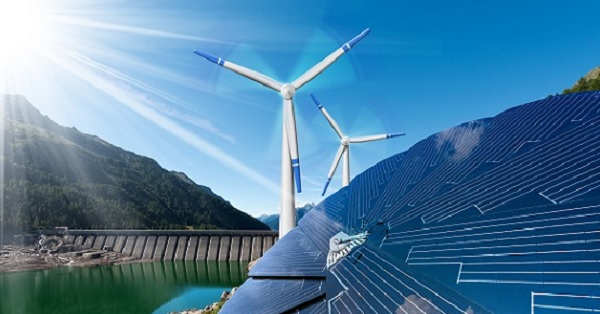Budget 2022 is fully aligned with the Government of India’s strong policy focus on renewables to reduce India’s carbon footprint. At the policy level, it has recently announced a path towards net-zero carbon emission by 2070 as well as stepped up its plan to further increase the non-fossil fuel-based capacity to 500 GW (from the earlier announced level of 450 GW) by 2030 from 150 GW currently, to meet 50 percent of the energy requirement from renewable sources by 2030.
The measures announced in Budget 2022 to introduce sovereign green bonds for public sector projects remain positive for central public sector undertakings (CPSUs), which will also enable them to meet their funding requirements in renewable energy (RE) investments in a cost-competitive manner. The overall investment potential to meet the policy target of 500 GW capacity by 2030 has been estimated in the range of Rs 20-22 trillion. An additional investment of around Rs 12-15 trillion may be needed by 2030 to augment the transmission network and storage capacity.
The inclusion of energy storage systems under the infrastructure category is also a positive measure, which should further encourage investments in storage systems by facilitating the availability of credit towards it. This is important given that storage capacity is essential to ensure efficient integration of renewable energy generation within the grid, especially with the increasing share of RE in India’s energy mix, going forward.
With the focus on domestic manufacturing of cells and modules under the Aatmanirbhar initiative to reduce import dependency in the long run, various policy measures have been announced over the past 18-24 months. These include the production-linked incentive (PLI) scheme, the CPSU scheme, as well as duty protection through a basic customs duty (BCD). The enhanced outlay in the PLI scheme by Rs 195 billion in the Budget is estimated to support further incremental investments in integrated module manufacturing facilities of around 40 GW over the medium term.
Nonetheless, the import dependency for inputs is likely to continue for most of the domestic module manufacturers over the next two-to-three-year period. This would, in turn, help augment the domestic integrated module-manufacturing capabilities. Timely implementation of such measures as well as execution of manufacturing capacities under the scheme by the winning bidders in the PLI scheme would also remain a key parameter.
The focus on clean technology in transport and supportive measures for electric vehicle (EV) adoption are also positives for the renewable sector. Moreover, the extension of the timeline for commencing production for the concessional tax regime at 15 percent to March 31, 2024, from March 31, 2023, is positive for the new power generation units. This would further support fresh investments in the renewable sector.
The weak financial profile of State-owned distribution utilities (discoms), however, continues to remain a key concern for the entire value chain in the power sector. Achieving a sustained financial turnaround in the discoms thus remains critical to achieving the government’s RE capacity targets. This would require a proactive initiative by the State discoms on operational efficiency improvement, and allowing timely pass-through of cost variations through tariffs to the consumers.
In this context, the provision of 0.5 percent in fiscal deficit for the states (tied to power sector reforms), should enable them to undertake reform measures for improving the financial position of State-owned distribution utilities. Further, timely implementation of capex measures for strengthening the distribution network under the ‘reforms-based and results linked scheme by the State-owned discoms remains critical.
With the strong policy focus on renewables, Budget 2022 measures remain positive to support the investment requirements in RE. Further, the government’s increased capital expenditure allocation in the Budget is likely to boost energy demand growth, which is estimated at about 6-6.5 percent for FY2023.
Source: moneycontrol.com









